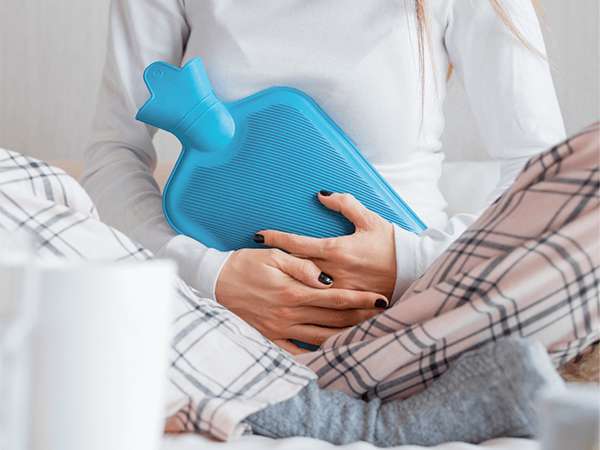Hysteroscopic Polypectomy

Introduction
Hysteroscopic polypectomy is a minimally invasive surgical procedure used to remove polyps from the uterine cavity. Polyps are non-cancerous growths attached to the inner wall of the uterus that can cause a variety of symptoms, including abnormal bleeding and infertility. This procedure is significant for improving women’s reproductive health and quality of life. Whether you are a patient seeking information or a healthcare provider looking for detailed insights, this page will guide you through every aspect of hysteroscopic polypectomy.
What is a Hysteroscopic Polypectomy?
Hysteroscopic polypectomy is a procedure performed using a hysteroscope, a thin, lighted instrument inserted through the vagina and cervix into the uterus. This allows the surgeon to view the uterine cavity and remove polyps without making any incisions. The primary purpose of this surgery is to diagnose and treat uterine polyps that may be causing symptoms such as abnormal menstrual bleeding, bleeding between periods, or infertility.
Understanding Uterine Polyps
Uterine polyps are growths attached to the inner wall of the uterus that extend into the uterine cavity. They vary in size and can be either singular or multiple.
Symptoms of Uterine Polyps
- Irregular menstrual bleeding
- Heavy menstrual periods
- Bleeding between periods
- Postmenopausal bleeding
- Infertility or recurrent miscarriages
Causes and Risk Factors
- Hormonal imbalances, particularly estrogen levels
- Obesity
- High blood pressure
- Use of tamoxifen for breast cancer
- Age, with women in their 40s and 50s being more susceptible
Diagnosis Methods
- Transvaginal ultrasound
- Hysterosonography (saline infusion sonography)
- Hysteroscopy
- Endometrial biopsy
Preparation for Hysteroscopic Polypectomy
Preoperative Consultations and Tests
- Initial consultation with a gynecologist
- Detailed medical history review
- Blood tests and imaging studies (ultrasound or MRI)
Instructions for Patients
- Fasting for a specified period before the procedure
- Adjusting or stopping certain medications as advised by the doctor
- Arranging transportation for after the procedure
What to Expect on the Day of Surgery
- Admission to the surgical facility
- Preoperative preparations including IV line insertion
- Meeting with the anesthesiologist
The Procedure
Step-by-Step Explanation
- Anesthesia: Administering either local, regional, or general anesthesia.
- Insertion of Hysteroscope: A hysteroscope is gently inserted through the vagina and cervix into the uterus.
- Visualization and Removal: The uterine cavity is inflated with saline solution for better visualization. The surgeon uses specialized instruments through the hysteroscope to remove the polyps.
- Completion: The hysteroscope is removed, and the patient is moved to the recovery area.
Types of Anesthesia Used
- Local anesthesia
- Regional anesthesia (spinal or epidural)
- General anesthesia
Duration of the Surgery
- Typically lasts between 30 minutes to 1 hour, depending on the complexity.
Possible Intraoperative Findings and Actions
- Discovery of additional abnormalities such as fibroids
- Biopsy of suspicious areas
Recovery and Aftercare
Immediate Postoperative Care
- Monitoring in the recovery room for 1-2 hours
- Pain management and medication instructions